Toenails, while often hidden away in socks and shoes, play a significant role in our overall foot health. Healthy toenails not only look appealing in open-toed shoes but also prevent many foot complications. In this article, we will explore the essentials of toenail health, from proper cleaning and cutting techniques to recognizing and preventing common toenail problems.
Understanding Toenail Growth
Toenails are made of a protein called keratin. They grow from an area called the nail matrix, situated beneath the cuticle. On average, toenails grow about 1 mm per month and take 12-18 months to fully regenerate. Factors affecting their growth rate include age, genetics, nutrition, and even the time of year, with nails growing faster in summer than winter.
Steps to Healthy Toenails
1. Proper Cleaning
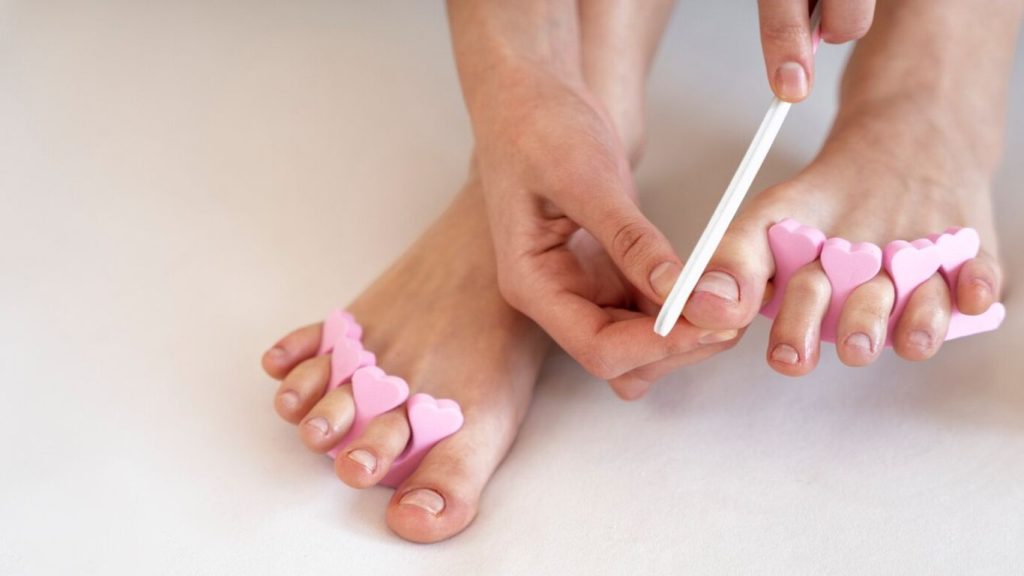
- Consistency: Just like hands, feet should be washed daily using soap and lukewarm water. This prevents dirt and bacteria buildup.
- Technique: Use a soft brush to gently scrub around and under the toenails.
- Post-Cleaning: Always dry feet thoroughly, focusing on the space between the toes.
2. Moisturize Regularly
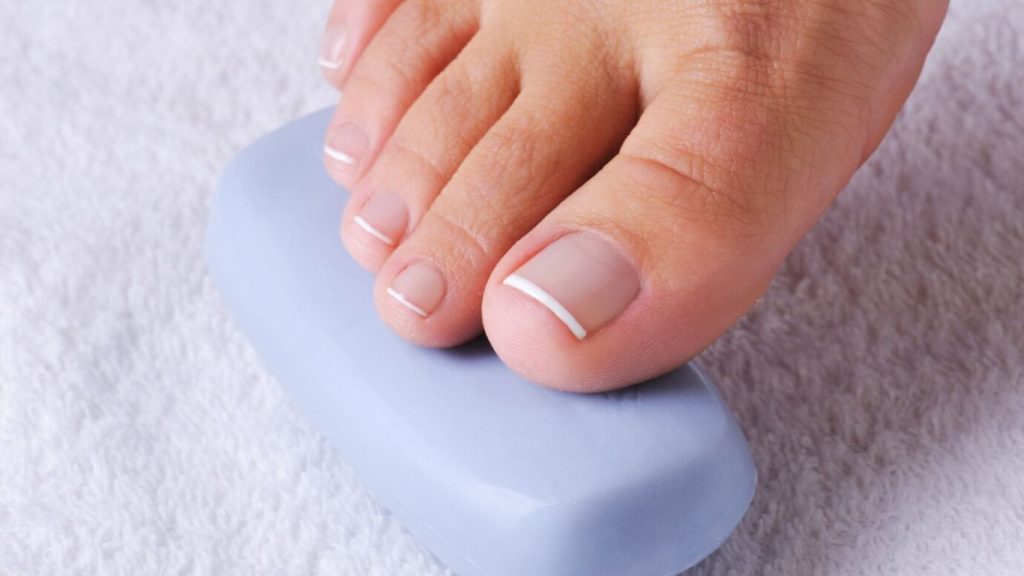
Read Also : Banish UTI Bloating
- Feet, including toenails, benefit from moisturization. It prevents them from becoming overly dry and brittle.
- Apply foot cream or a suitable moisturizer, ensuring a gentle massage around the toenails.
3. Correct Cutting Technique
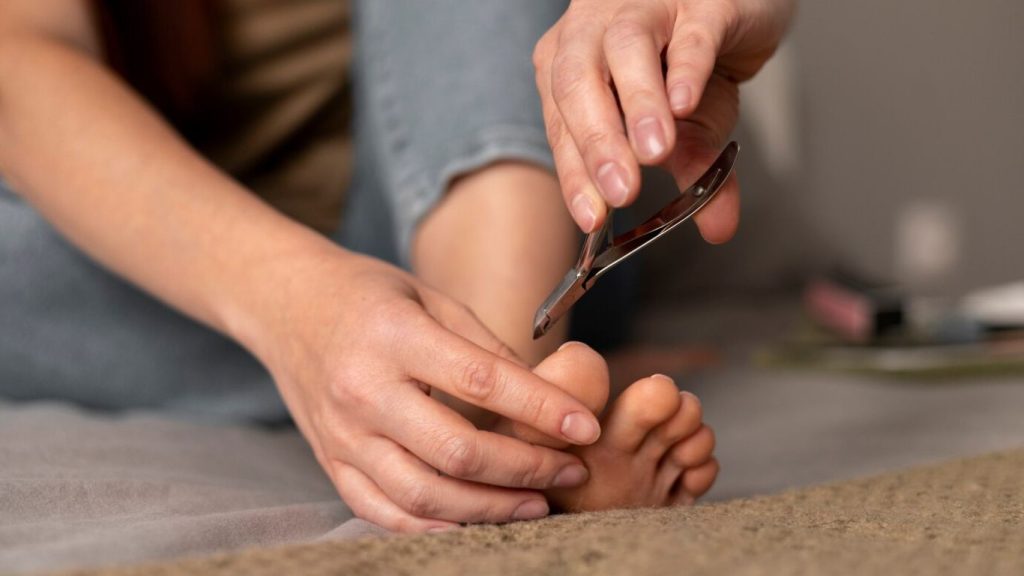
- Tool Selection: Use proper toenail clippers, which are larger and more robust than fingernail clippers.
- Technique: Trim toenails straight across, then round the tips in a gentle curve. This method helps prevent ingrown toenails.
- Frequency: Depending on growth rate, trim every few weeks.
4. Protect Your Feet

- When using public showers, pools, or locker rooms, wear flip-flops to reduce the risk of fungal infections.
- Avoid sharing nail tools.
- If visiting a nail salon, ensure they sterilize their tools between clients.
5. Choose Footwear Wisely
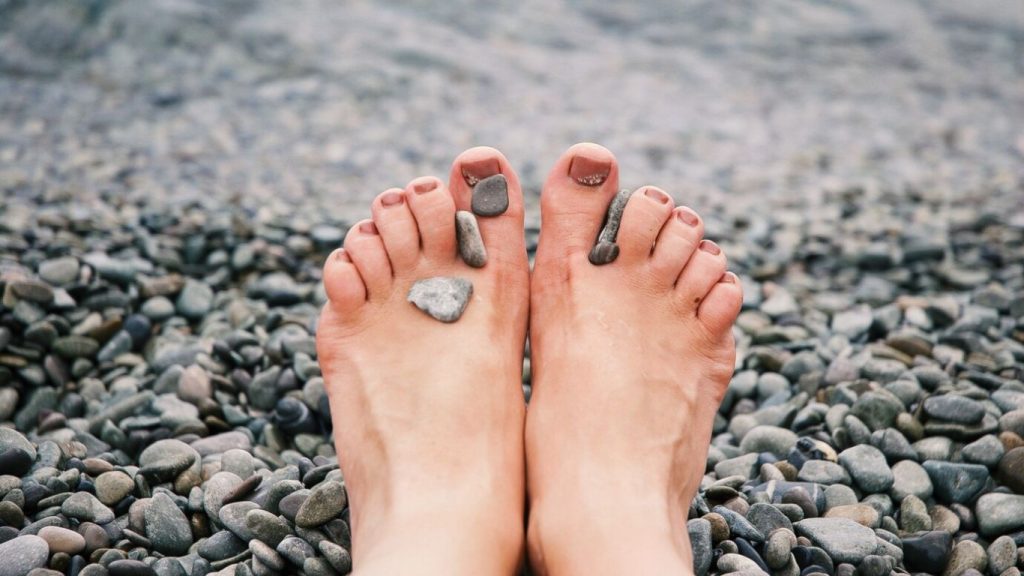
- Wear shoes that fit well. Tight shoes can cause ingrown toenails, while overly loose shoes increase friction.
- Opt for breathable materials. Moist environments promote fungal growth.
- Change socks daily or whenever they become damp.
6. Monitor for Fungal Infections

- Toenail fungus begins as a yellow or white spot under the nail. As it spreads, it can discolor, thicken, or crumble the nail.
- If you notice signs of a fungal infection, consult a healthcare provider. Early treatment can prevent complications.
7. Address Ingrown Toenails
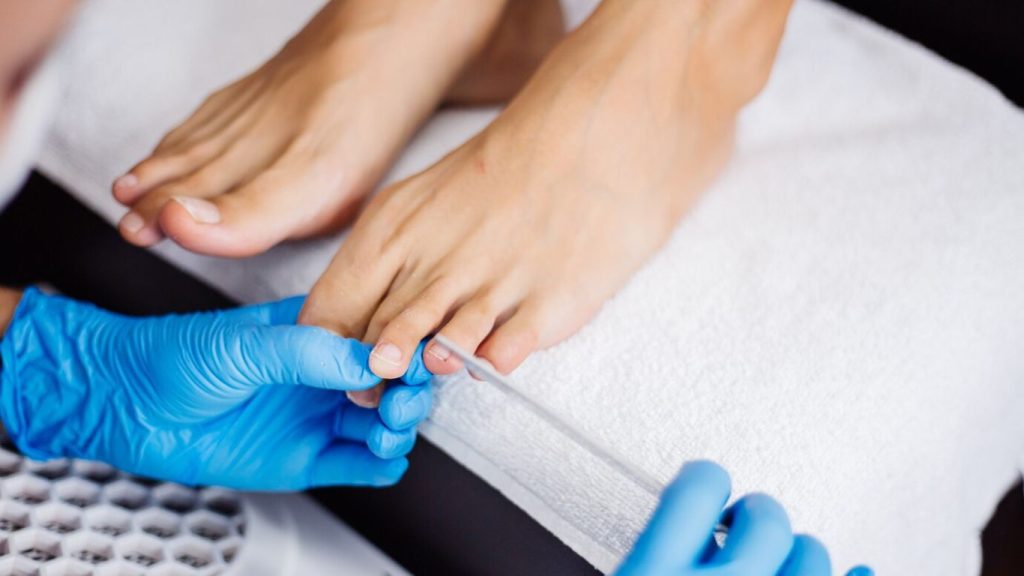
- This painful condition occurs when the toenail grows into the toe’s flesh. It can lead to pain, redness, swelling, and infection.
- To prevent, cut toenails straight across and wear properly fitting shoes.
- Mild cases might benefit from home remedies, but severe or recurrent cases require medical attention.
8. Balanced Diet

You can Read Also : How to Make Drinking Water Fun and Stay Hydrated
- Toenails, like other body parts, benefit from a balanced diet.
- Incorporate biotin-rich foods like eggs, fish, and nuts. Biotin can strengthen nails.
- Ensure adequate protein intake as nails are made of keratin, a protein.
Common Toenail Problems & Solutions
Yellow Nails
- Causes: Fungal infections, prolonged use of nail polish, or underlying medical conditions.
- Solution: Antifungal medications or treatments, taking a break from nail polish, or addressing underlying conditions.
White Spots
- Causes: Minor injuries, allergic reactions to nail polish, or zinc deficiency.
- Solution: Usually, white spots grow out on their own. Address any potential deficiencies or allergens.
Brittle or Splitting Nails
- Causes: Frequent wetting and drying, chemicals, or aging.
- Solution: Moisturize regularly, wear gloves when cleaning, and consider biotin supplements.
Pitted Nails
- Causes: Psoriasis or other skin conditions.
- Solution: Consultation with a dermatologist is crucial for a proper diagnosis and treatment.
Conclusion
Toenail health is an integral aspect of overall foot well-being. By adopting a routine of regular cleaning, moisturizing, proper trimming, and wearing suitable footwear, you lay the foundation for healthy toenails. Equally important is being aware of common toenail problems and addressing them promptly. Healthy toenails not only look good but also keep your feet comfortable and free from complications. Remember, the journey to healthy toenails is a blend of daily care, preventive measures, and timely interventions.
Frequently Ask Questions
Healthy toenails prevent complications like ingrown toenails and fungal infections. They also play a role in overall foot comfort and aesthetics.
It’s advisable to wash your feet and toenails daily with soap and lukewarm water, just as you would with your hands.
Toenails should be trimmed straight across, followed by rounding the tips in a gentle curve to match the shape of the toe. This method helps prevent ingrown toenails.
Yes, tight-fitting shoes can lead to issues like ingrown toenails, while shoes made of non-breathable materials can promote fungal growth. It’s best to wear well-fitting shoes made of breathable materials.
Yellowing of toenails can be due to fungal infections, prolonged use of nail polish, or underlying health conditions. It’s essential to identify the cause and treat it accordingly.
Keeping your feet dry, wearing breathable shoes, changing socks regularly, using antifungal sprays/powders, and avoiding walking barefoot in public areas can help prevent fungal infections.
A balanced diet with biotin-rich foods like eggs, fish, and nuts can strengthen toenails. Protein is also crucial as nails are primarily made of keratin, a protein.
Prolonged use of nail polish can lead to yellowing and weaken toenails. It’s a good practice to take breaks between applications and use nail polishes free from harmful chemicals.
White spots can be due to minor injuries, allergic reactions to nail products, or zinc deficiency. They often grow out naturally over time.
